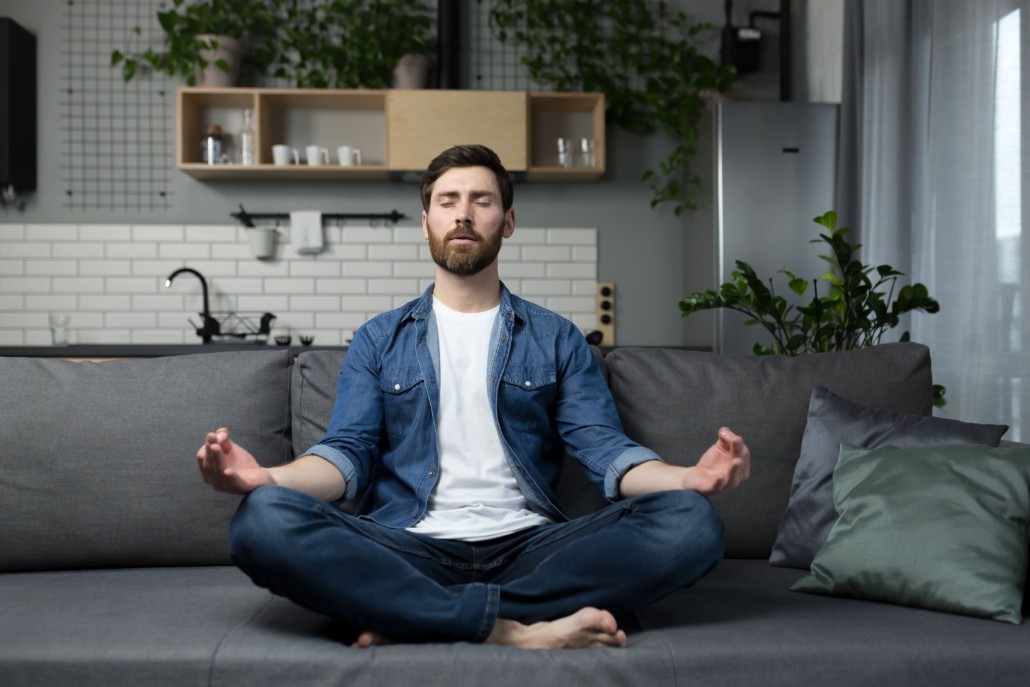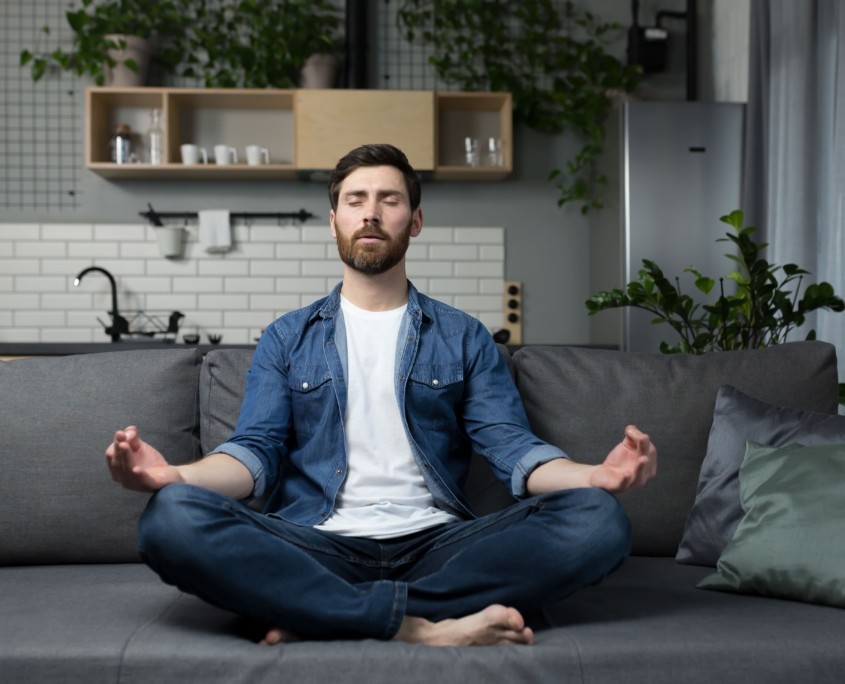How to meditate: definition, benefits, techniques of meditation
Written by Kerstin Lakits, Feb 23, 2023
When was the last time that you took a moment to stop and just breathe? It’s easy to get sucked into the hectic rhythm of our daily lives, but not so easy to take a conscious break. Multitasking seems to be the pinnacle of productivity. Unfortunately, this oftentimes leaves us feeling exhausted or even burnt out. So, practicing slowing down, being mindful and relaxing seems vital to our well-being in this fast-paced world. Meditation is an amazing mindfulness practice that you can easily implement into your daily routine. In this article, we are going to tell you everything you need to know to get started. Take a breath and let’s go!








